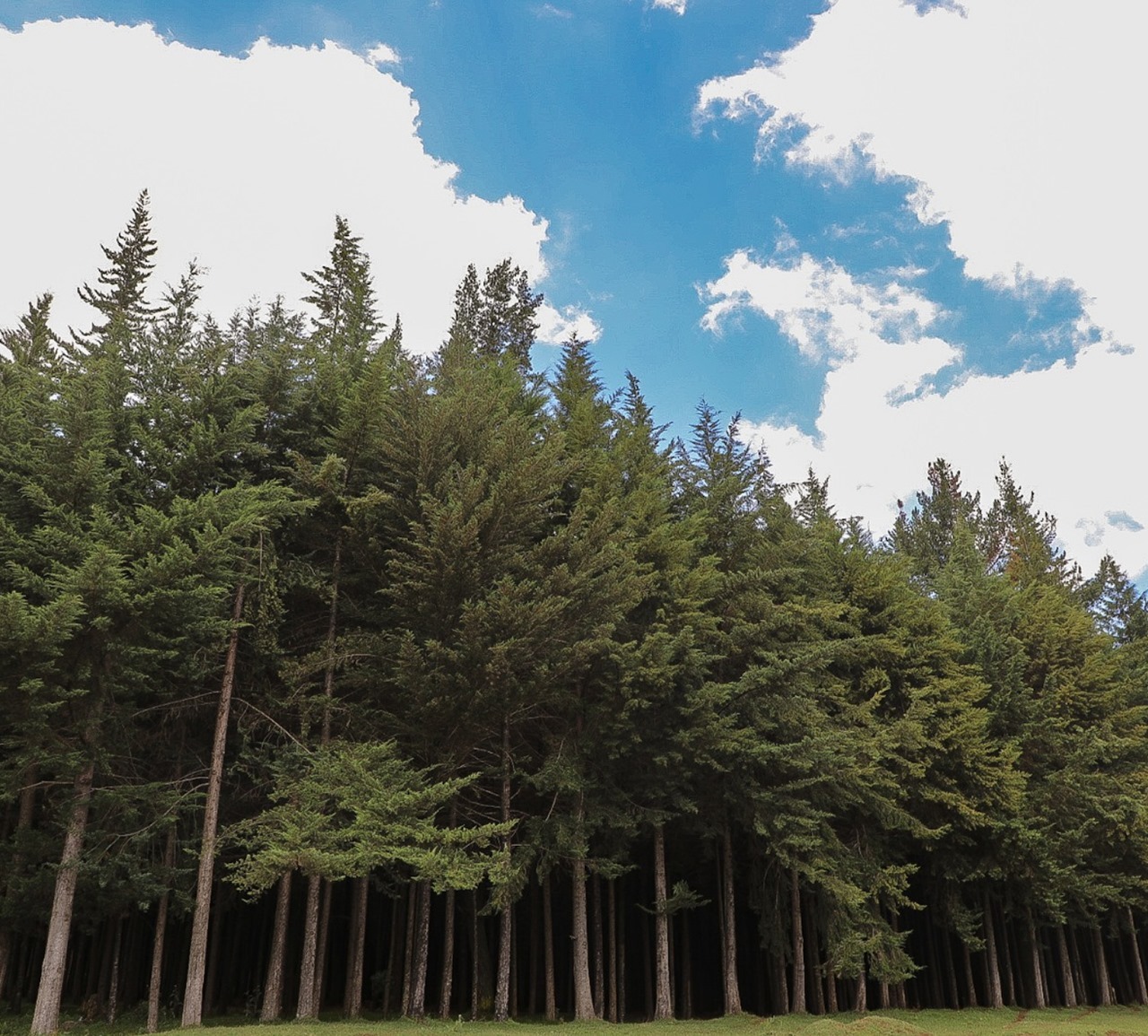
Increased human activities are increasingly threatening the existence of fungi, a new report now shows.
The latest update by the International Union for Conservation of Nature shows that agricultural expansion and urban development are driving fungi species to decline worldwide.
Fungi constitute their own kingdom, distinct from animals and plants.
They are the second biggest kingdom after animals, with an estimated 2.5 million species, of which around 155,000 are named.
Fungi underpin all ecosystems; most plants partner with fungi to take in nutrients and therefore cannot exist without them, and they make decomposition possible.
Many are edible, used in food and drink production, including fermentation, form the basis of medicines, and support bioremediation efforts to clean contaminated sites.
The update in IUCN’s Red List of Threatened Species shows that the number of fungi species has surpassed 1,000.
IUCN director general Dr Grethel Aguilar says fungi are the unsung heroes of life on Earth, forming the very foundation of healthy ecosystems – yet they have long been overlooked.
“Thanks to the dedication of experts and citizen scientists, we have taken a vital step forward: over 1,000 of the world’s 155,000 known fungal species have now been assessed for the IUCN Red List of Threatened Species, the most comprehensive source of information on extinction risk. Now, it’s time to turn this knowledge into action and safeguard the extraordinary fungal kingdom, whose vast underground networks sustain nature and life as we know it," Aguilar says.
The IUCN Red List now includes 169,420 species, of which 47,187 are threatened with extinction.
The addition of 482 newly assessed fungi species brings their number on the IUCN Red List to 1,300, of which at least 411 are at risk of extinction.
Rapid growth of agricultural and urban areas has replaced fungi habitats, putting 279 species at risk of extinction. Nitrogen and ammonia run-off from fertilisers and engine pollution also threaten 91 species. These are serious threats in Europe, impacting species that are well-known in traditional countryside, such as the vulnerable fibrous waxcap (Hygrocybe intermedia).
At least 198 species of fungi are at risk of extinction due to deforestation for timber production, illegal logging and clearing for agriculture. Clear-cutting of old-growth forests is especially damaging, destroying fungi that do not have time to re-establish with rotation forestry.
Thirty per cent of old-growth pine forests across Finland, Sweden and Russia have been cut down since 1975, pushing species such as the giant knight (Tricholoma colossus) to become vulnerable.
Climate change is also impacting fungi.
Over 50 fungi species are at risk of extinction due to changes in fire patterns in the USA, which have drastically changed forests.
Fires have grown to dominate the high Sierra Nevada mountain woods since 1980, reducing habitat for endangered Gastroboletus citrinobrunneus.
Prof Anders Dahlberg, Red List Authority coordinator of the IUCN SSC Mushroom, Bracket and Puffball Specialist Group, says while fungi mainly live hidden underground and inside wood, their loss impacts the life above ground that depends on them.
“As we lose fungi, we impoverish the ecosystem services and resilience they provide, from drought and pathogen resistance in crops and trees to storing carbon in the soil.”
“It is important that more old-growth forests are protected. Forestry practices should consider fungi, for example, leaving dead wood and scattered trees, and proactive forest management can help manage fire intensity.”
The update reveals that five species of frankincense (Boswellia) on Socotra Island, Yemen, have moved from Vulnerable to Endangered, one from Vulnerable to Critically Endangered, and three species have been assessed for the first time as Critically Endangered.
Saplings are grazed on by goats and struggle to flourish in prolonged droughts. While goats have been part of Socotra’s herder tradition for thousands of years, the decline of traditional rotational grazing and the growing size of herds in the past century have increased foraging pressure.
More frequent and intense cyclones, flash floods and landslides, such as those seen in 2015 and 2018, have damaged and uprooted many trees.
“Frankincense trees are very important to our culture on Socotra, which is home to the highest diversity of frankincense species per square kilometre in the world. Through building fences around young trees, local communities can protect them from goats and produce frankincense honey for additional income. As extreme weather hits the island, local action is essential to secure the future of Socotra’s frankincense trees,” said Mohammed Amer, local Boswellia expert who contributed to the Red List assessments and manages the project to conserve these trees on Socotra.
One of the most valuable commodities of the ancient world, today the use of frankincense is well-managed on Socotra. Indigenous people use the resin and bark, for example, in traditional medicine and religious practices.
The use of Socotra’s frankincense must remain local and proportionate to the rarity of the trees.
There are now over 100 IUCN Green Status of Species assessments on the IUCN Red List.
The Green Status complements the IUCN Red List by providing a tool for assessing the recovery of species and measuring their conservation success.
The first Green Status assessment for the lion (Panthera leo) shows that it is largely depleted, while the species remains vulnerable on the IUCN Red List.








